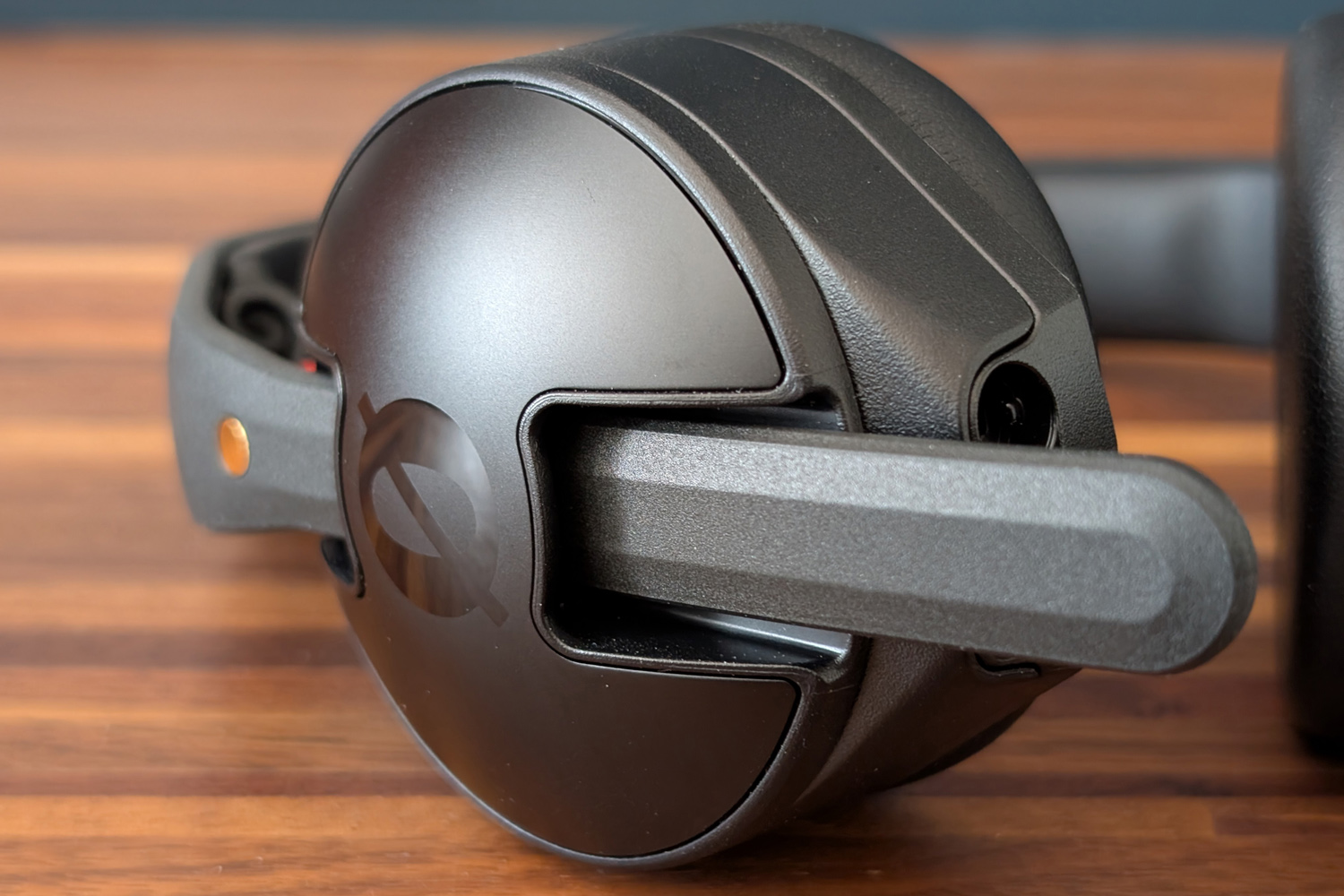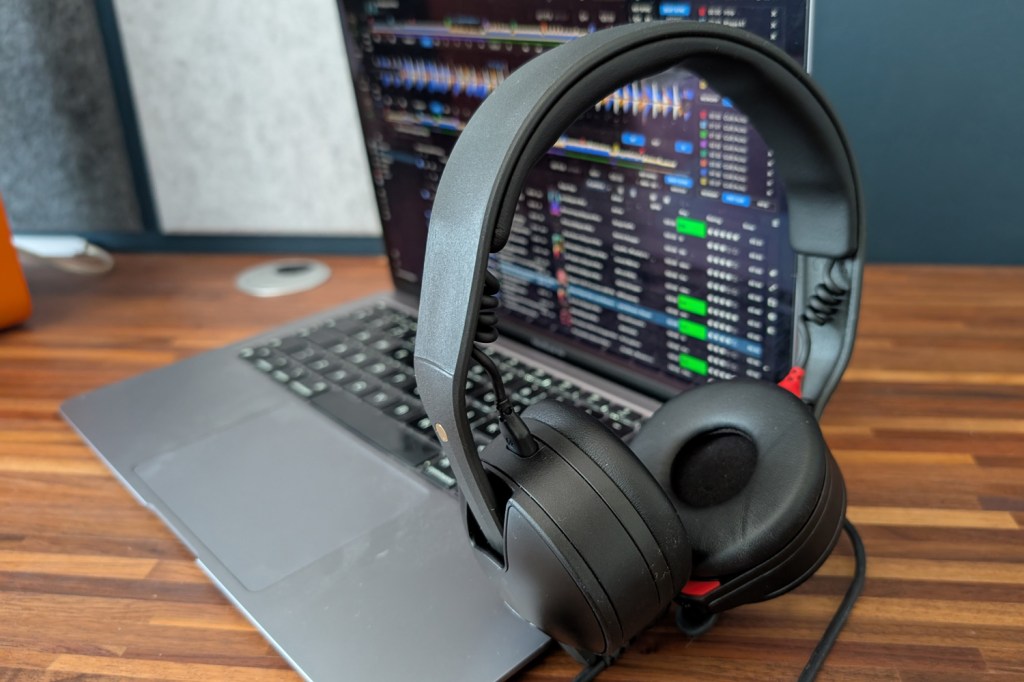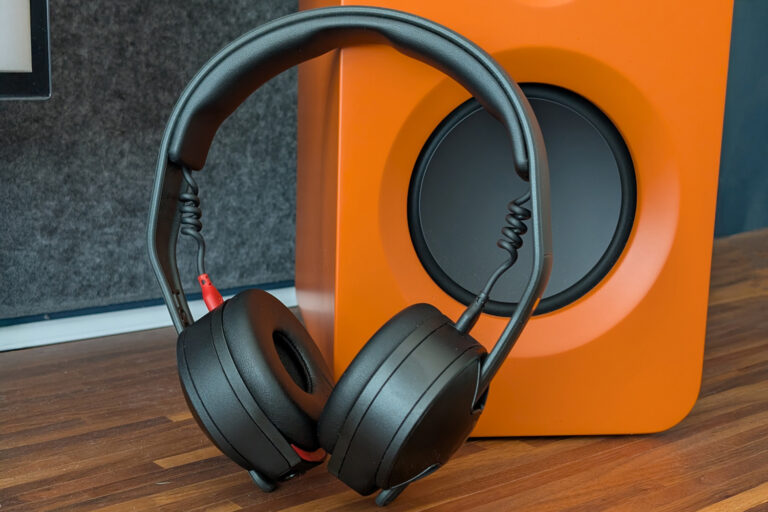Introduction
The NTH-50 are only Rode’s second-ever pair of wired headphones – or headphones of any kind, for that matter. But seeing how the Aussie microphone specialist’s debut effort went down an absolute storm with podcasters, my hopes were high it could deliver twice on the bounce.
These on-ear cans aren’t designed to live in the studio like the Rode NTH-100; aimed at DJs and music producers as well as content creators, they’re built to be taken out and toured. A lightweight construction, strong passive noise isolation and an accurate sound signature should mean they’re equally at home on stage or in the DJ booth, while the $99 price undercuts long-established rivals like the Sennheiser HD25.
After a month of listening, I’m convinced the NTH-50 will find broad appeal – but we’re still not in true mainstream crossover territory yet.
Design & build: compact creation
Trying to please more than one niche at the same time isn’t easy. Rode hasn’t gone all-in on the DJ angle, sticking with a fixed headband and ear cups that don’t swivel; the only option for single-ear monitoring is to physically push one of the ear cups off your ear. Helpfully there’s more than enough clamping force that the other ear stays in place when you do it.
So much clamping force, in fact, that these are some of the best headphones I’ve tried for passive noise isolation. The combination of vinyl ear cushions, a driver designed with isolation in mind, and that forceful clamp help keep background audio at bay incredibly well. It’s not going to silence a rave, but performers shouldn’t have to worry about not being able to hear their tunes.
I was a little surprised these headphones don’t fold for travel, given Rode clearly has travelling audio pros in mind. It’s less of an issue that the ear cups don’t rotate enough to sit comfortably around your neck; these aren’t the sort of cans you wear on your morning commute.
While the driver housings are machined from aluminium, everything else is made from plastic. But it’s the sort that doesn’t feel at all cheap, with a finish that hasn’t picked up any fingerprint muck throughout my testing. The ear cups slide up and down the headband for fit adjustment, with just enough tilt and swivel that most people should be able to find a comfortable fit. Or as long as they’re OK with the ear cushions applying direct force to their ears – anyone that isn’t will be better served by the over-ear NTH-100.
The vinyl cushions can leave your lugs feeling a little toasty if you’re wearing them for too long, but the contoured headband ensured I never felt too much pressure over my head. Although the padding isn’t super-thick, it didn’t really feel lacking anywhere either. At 220g they’re suitably light for long listening sessions, too.
Features: minimalist mix

The NTH-50 are about as simple as wired headphones get, with the standout feature being the dual-sided cable routing. You just plug the 1.7m coiled cable into whichever side is closest to your kit. Rode’s familiar locking connector keeps it secure with a push-and-twist, so you don’t have to worry about it coming loose mid-set. It also means a broken cable won’t force you to buy a whole new pair of headphones.
Most of the ‘consumable’ parts, including the ear cushions and headband padding, can be swapped without tools, and it wouldn’t be too hard to replace the headband itself if you had to. That bodes well for a tough life on the road.
Red trim on the right ear cup and driver cable lets you confirm which side is which at a glance, but I like that Rode has also added braille symbols next to the 3.5mm ports so you can tell without looking – handy if you’re in a dimly-lit DJ booth.
The pack-ins are fairly basic, with a 1/4in adapter ensuring it’ll play nicely with the widest range of equipment. The screw-in fitting prevents it from going walkabout when your set is over. It’s nice to see Rode include the same set of colour indicator clips you get on its dedicated podcasting gear, so you can colour-match gear to specific audio channels. The cloth storage pouch isn’t made from particularly premium materials, but it should keep everything safe from scuffs and scrapes. A hard-shell case might’ve been a better choice for gigging DJs, but that would definitely have upped the cost of the NTH-50.
Sound quality: authentic interpretation

The NTH-50 isn’t just the NTH-100 in a new form factor. The 40mm closed-back dynamic drivers are bespoke, with each getting its own resonance chamber to deliver a full-range 5Hz–35kHz frequency response. For those keeping score, that’s a wider range than Sennheiser’s equivalent HD25 can manage.
As a result, the NTH-50 delivers a detailed, natural-sounding performance that’s very well-suited to mixing, recording and production. Accuracy is key, here, with no colouration of the sound and none of the extra low-end boom you’ll get from headphones aimed at casual music fans.
That’s not to say these sound flat; there’s bass when bass is called for. But there’s also a cleanness to the mid-range and a clarity to the high-end you’ll appreciate when trying to create, rather than just consume. Modestep’s Bodybag was still suitably squelchy in places, but the vocals shone through clearly. I don’t think they’re quite as analytical and revealing as the NTH-100, but they come very close.
Anyone craving extreme levels of energy from their tunes will be left wanting, but there’s plenty here for non-producers to like.
Rode NTH-50 verdict

The ‘professional’ label on the box says it all, really. These aren’t the headphones I would reach for when kicking back at home with an audiobook or new vinyl purchase; they’re purpose-built for audio pros, who know Rode can be relied on for a neutral presentation and feature set that focuses on the essentials.
Some DJs might argue the NTH-50 is a little too simple, given it lacks a touring-friendly folding design or articulation for single-ear monitoring. But taking up a little more room in a record bag is a small price to pay for excellent noise isolation and authentic audio. Podcasters and sound engineers will find even more to like – though if your budget stretches further, and you spend more time at home than on the move, I’d still favour the over-ear NTH-100.
Rode NTH-50 technical specifications
| Drivers | 40mm dynamic |
| Frequency response | 5Hz-35kHz |
| Impedance | 32 ohms |
| Cable length | 1.7m (removable) |
| Weight | 220g |
Read the full article here
